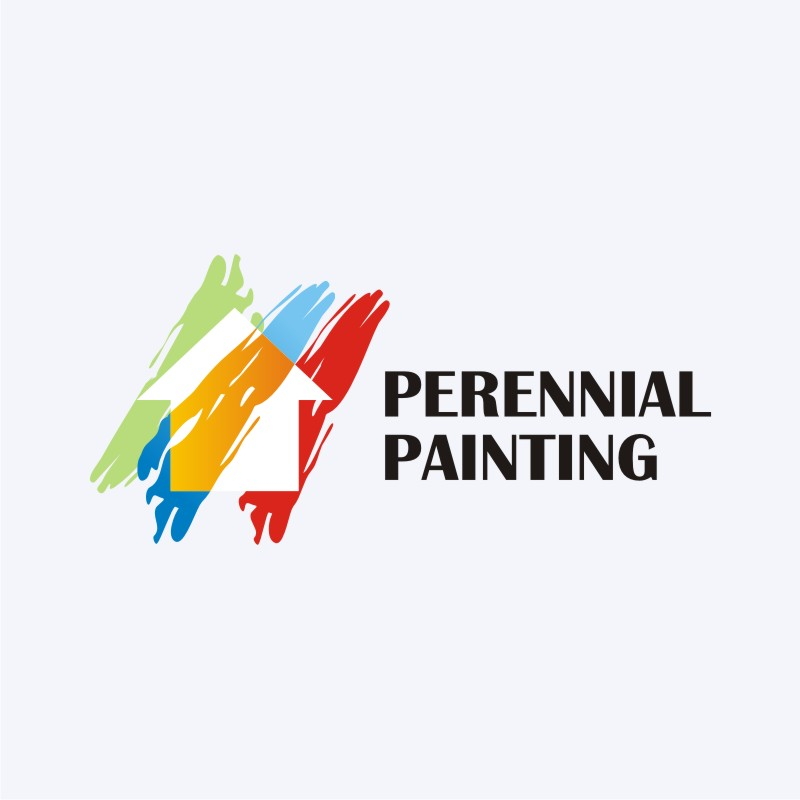Methodical Guide To Establishing Your Wall Surfaces For Repainting
Methodical Guide To Establishing Your Wall Surfaces For Repainting
Blog Article
Short Article Produced By-Hickey Dillard
When you're prepping your wall surfaces for painting, it's critical to comply with a methodical process to make certain a perfect surface. Start by checking out the wall for any damages; this step can make or damage your project. When you've determined any type of concerns, cleaning the surface area properly is important, as a dirty wall can affect paint attachment. Afterwards, you'll require to patch any blemishes and use a guide. However there are specific techniques and ideas that can boost your prep work game-- allow's discover those further to attain the most effective results.
Assessing Wall Condition
Prior to you order your paintbrush, take a moment to examine your walls' condition. Check for any type of noticeable damages like splits, holes, or peeling paint. These flaws can influence how the paint adheres and looks when it's completely dry. If read full article see any type of significant damage, you'll require to prioritize repair work before diving into paint.
Look closely at the structure of your walls. Is the surface area smooth, or exists appearance that might require unique factor to consider? Smooth walls typically require much less prep, while textured surface areas may need even more time to paint uniformly.
Additionally, think about the previous paint work. If the old paint is shiny, it mightn't enable brand-new paint to stick properly. You'll want to know if your wall surfaces have been painted with oil-based or water-based paint, as this can impact your option of primer or paint.
Finally, make note of any dampness issues. If you see indications of water damages or mold, address these issues right away to stop further problems.
Cleaning the Surface area
As soon as you have actually analyzed the condition of your wall surfaces, the next step is cleaning the surface area. Beginning by gathering your products: a bucket, cozy water, a mild detergent, a sponge or towel, and a scrub brush for harder places.
Begin at the top edge of the wall and work your means down. Mix the detergent with cozy water in your container, after that dip the sponge or cloth right into the service. Wring https://azbigmedia.com/lifestyle/home-and-design/5-essential-tips-for-painting-a-house/ out to avoid excessive moisture on the walls.
As you clean up, pay attention to locations that may've collected dust, grease, or fingerprints. For persistent spots, make use of the scrub brush carefully to avoid harming the paint under. Wash your sponge or towel frequently in clean water to prevent spreading dust around.
After cleaning, it's important to clean the wall surfaces with a moist fabric to eliminate any type of soap residue. This action guarantees a smooth surface for the new paint to stick to.
Enable the wall surfaces to completely dry completely prior to carrying on to the next prep work steps. This comprehensive cleansing procedure will aid develop a fresh canvas for your painting task, making sure the most effective outcomes.
Patching and Priming
Patching and priming are critical action in preparing your walls for a fresh layer of paint. First, inspect your wall surfaces for any kind of openings, cracks, or blemishes. Make use of a premium spackling substance or patching paste to fill up these areas.
Apply the compound with a putty knife, smoothing it out so it's flush with the surrounding surface area. Permit it to dry completely, and then sand it gently until it's smooth and even.
Once you've patched whatever, it's time to prime. Guide aids seal the patched areas, ensuring the paint adheres properly and provides an uniform surface. Select a guide suitable for your wall kind and the paint you'll be making use of.
Apply the guide utilizing a roller for larger locations and a brush for corners and edges. If your covered areas are dramatically huge or porous, you might want to use a second coat of primer after the initial one dries out.
After priming, allowed everything completely dry thoroughly before carrying on to painting. This prep work won't only boost the appearance of your wall surfaces but additionally prolong the life of your paint job.
Take your time, and you'll be pleased with the results.
visit my home page
By complying with these basic steps, you can achieve a smooth and expert surface on your walls. Begin by examining their condition, then tidy and patch any imperfections before applying primer. Remember to allow ample drying out time and guarantee whatever is smooth prior to you dive into painting. With the right prep work, you'll set the stage for a beautiful transformation in your space. Currently, gather your products, breathe in the fresh air, and prepare to paint!
